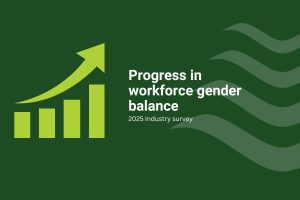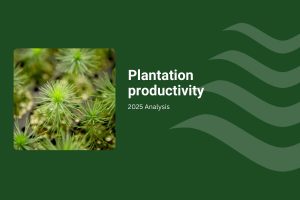As the Top 5 indicates, Australia’s economic data is providing contradictory and confusing messages. It is difficult to make sense of the data and to find a single message about the current and future state of the Australian economy. However, if there is a consistent theme, it is clearly that the economy remains worryingly fragile. Here is why.
The Reserve Bank of Australia’s decision to move interest rates to a record low of 2.0% is an effort to stimulate higher economic growth through investment and employment. Monetary policy efforts by the RBA were joined almost immediately by budgetary or fiscal stimulus, with the Government’s budget pushing capital investment incentives (small business tax write-offs, among others) into the economy.
Although it has not reached GFC proportions, it does seem that at an official level, there is concern about the economic outlook, especially on a new activity front. The data about the reluctance to invest and spend is mounting.
The Consumer Price Index (CPI) has slowed, as discussed in more detail in this edition of Statistics Count. Retail sales have also faltered. Yet at the same time, new residential dwelling approvals are booming, housing investment appears at its limits and employment is stable, albeit not strong.
Regardless of these somewhat contradictory signals, the Federal Budget forecasts 3.5% economic growth, on an annualized basis, in 2016-17. That seems a stretch under current conditions and settings. Certainly, the International Monetary Fund (IMF) does not expect Australia’s economic growth to advance beyond a maximum 3.2% in that period, although that assessment was made in 2014 and does not take into account the latest budget or further interest rate cuts.
There are two things we can assert about the Australian economy.
First, with very little pain, at a business and household level, Australians learned from the GFC and have been rapidly reducing debt and leverage. This has flowed through into a search for investment yield that may have slowed investment in assets of lower value. At the same time, finance has been difficult to find for most of the productive economy, with the result that a larger proportion of total investment funds is finding its way into housing – both new and investment. Other items in this edition of Statistics Count address this apparent duality in the economy.
Second, with reliance on traditional forms of stimulus (borrowing and government stimulated expenditure) proving to be inadequate, Australia remains slow to adapt to new business models and funding systems. There is some suspicion that more funds flow through non-traditional vehicles (including internet sales and ‘crowd sourcing’) than was originally thought.
If this latter factor is the case, the economy may be growing a little more than traditional measurements can handle. Those adhering to traditional measures alone may well be living in a different economy to those engaged in the emerging, largely unregulated and often uncounted and reported sectors.
However, for the time being, the emphasis remains on stimulating the economy, to achieve growth and employment. Its proving difficult right now, but time will tell if traditional responses can be effective.



